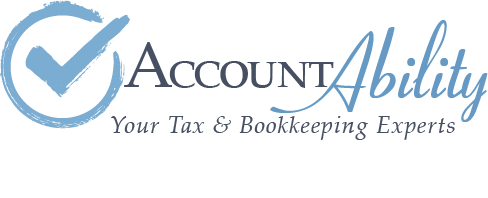Medical Expense Tax Deduction 101: What Every Taxpayer Should Know
Tax season is all about maximizing deductions and keeping more of your hard-earned money. One of the most overlooked ways to reduce taxable income? The medical expense tax deduction. Many taxpayers assume that healthcare costs aren’t deductible—but if you know the rules and plan ahead, you might be able to claim significant savings.
Let’s break down what qualifies, how to calculate eligibility and key strategies to make the most of this valuable tax benefit.
Understanding Medical Expense Deductions
Not all healthcare costs qualify for a deduction, but many do. You can claim out-of-pocket expenses related to medical, dental, and vision care for yourself, your spouse, and dependents. Some qualifying expenses include:
Doctor visits, hospital stays, and surgeries
Prescription medications and medical devices
Dental work, including braces and dentures
Mental health services, therapy, and substance abuse treatment
Long-term care expenses (if they meet IRS requirements)
Travel costs for medical care, like mileage and lodging
To deduct these costs, they must exceed 7.5% of your Adjusted Gross Income (AGI). For example, if your AGI is $50,000, only medical expenses over $3,750 can be deducted. Keeping detailed records throughout the year is crucial to ensuring you don’t miss eligible expenses.
Maximizing Mortgage Interest Deductions
If you own a home, your mortgage interest deduction is another way to lower taxable income. Homeowners who itemize deductions can typically deduct interest paid on loans up to $750,000 ($375,000 if married filing separately). Here’s how to make the most of it:
• Itemizing vs. standard deduction – If your total deductions (including mortgage interest) exceed the standard deduction, itemizing makes sense.
• Home equity loan interest – Interest on home equity loans may be deductible if the loan was used to improve the home.
• Refinancing and mortgage points – If you refinance, you may be able to deduct points paid over the life of the loan.
Combining Deductions for Greater Savings
Strategic planning can help you stack deductions and increase tax savings. Some key strategies include:
Bunching medical expenses – If you have high medical costs in a single year, paying as much as possible within that year may help you exceed the 7.5% AGI threshold.
Medical home improvements – Certain home modifications (like wheelchair ramps or stairlifts) may qualify as both a medical and home improvement deduction.
Refinancing timing – If you plan to refinance, consider how mortgage interest and points deductions fit into your tax strategy.
Common Pitfalls to Avoid
Even well-meaning taxpayers can make mistakes when claiming deductions. Here’s what to watch out for:
Forgetting documentation – Keep all receipts, mileage logs, and bills in case of an audit.
Overestimating deductible expenses – Only qualified medical costs count; cosmetic procedures, non-prescription meds, and gym memberships usually don’t.
Misunderstanding home-related deductions – Only mortgage interest, property taxes, and home improvements for medical reasons count.
Planning Ahead for Future Tax Seasons
The best way to maximize deductions is to plan ahead. Consider these proactive steps:
Use tax-advantaged accounts – Contributing to a Health Savings Account (HSA) or Flexible Spending Account (FSA) can lower taxable income while covering medical costs.
Work with a tax pro – A tax expert can help identify deductions you might miss.
Stay informed – Tax laws change, and what qualifies one year may not the next.
Leveraging medical expense tax deductions and mortgage-related write-offs can make a big difference in how much you owe (or get refunded) at tax time. Staying organized, tracking expenses, and planning strategically can help you take full advantage of these tax benefits.
Need support with your tax prep? Let’s talk: https://accountabilitytab.com/contact

